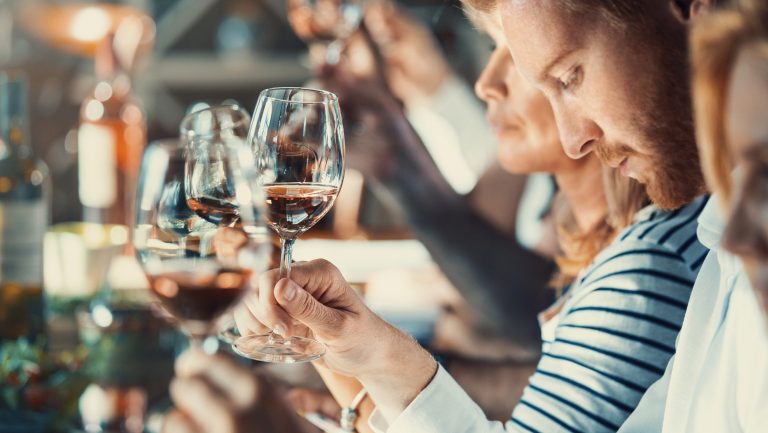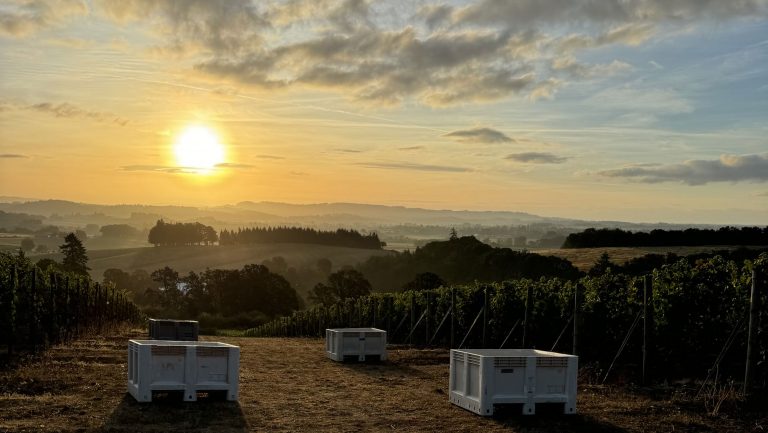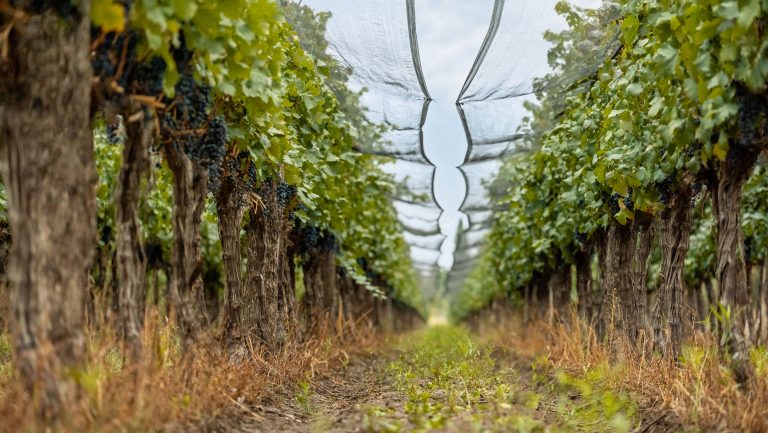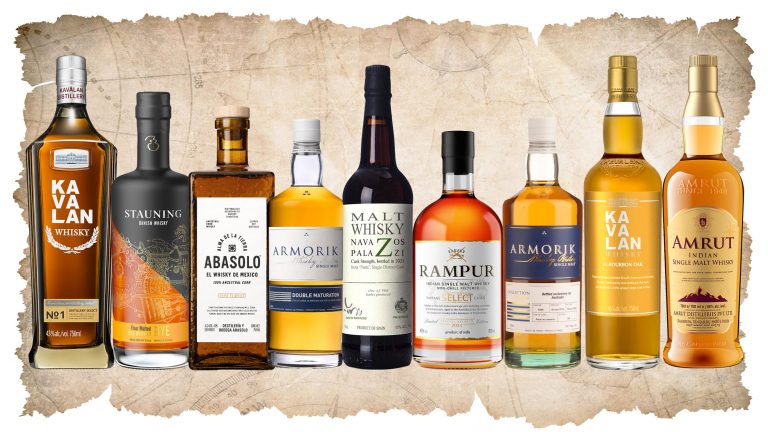Between meeting with distributors, attending large-scale tastings, and actually drinking wine for pleasure, wine pros have a lot of opportunities to get acquainted with different wines, yet tasting groups remain a central part of the routine for many in the wine industry, particularly those looking to achieve certain certifications or accreditations. But without regular reflection and reevaluation, tasting groups can quickly grow stale and stagnant, no longer meeting the goals that inspired them in the first place. SevenFifty Daily spoke with representatives from several tasting groups around the country. Here are five tips they gave for starting—or invigorating—a group.
1. Find a format that meets the needs of your group.
Many professional tasting groups adhere to the “blind flight” format that’s been made famous by the Court of Master Sommeliers—and certain movies about the court’s exams. It involves blind-tasting three white and three red wines in 25 minutes. Some groups, like the one sommelier Jason Caballero started at Bourbon Steak in Phoenix, Arizona, rarely, if ever, deviate from this approach. “People undervalue how important it is to do a flight of six every week,” he says. “It’s the only way to truly understand what makes a wine classic.”
The format you start out with, however, may not continue to be ideal for your tasting group. The group led by Stacey Gibson, the sommelier at The Bar at Park Avenue Fine Wines in Portland, Oregon, for example, has gone in another direction from the blind flight. “In the last several months,” says Gibson, “we moved away from flights of six every week and [now] typically do exercises meant to build skills.” Such exercises might include having one member assess a wine’s appearance; a second member, aromas; a third, flavors; and then having a fourth member make an initial and final conclusion based solely on having heard the others’ assessments. In another skill-building exercise used by the group, one member tastes a wine and completes the grid, and then everyone else in the group contributes a single note to the assessment and declares whether they agree with the final call.

Don’t miss the latest drinks industry news and insights. Sign up for our award-winning newsletters and get insider intel, resources, and trends delivered to your inbox every week.
The group’s new format, Gibson explains, is based on building comparative knowledge of special areas. For example, each of the members will bring a different expression of a particular varietal wine, and the group then blind-tastes them in three flights of four. “We take 10 minutes to taste them individually, and then [we] discuss [them] and make determinations before revealing,” she says. “This week we all brought a different expression of Riesling. In the future, we’ll do similar exercises with Bordeaux varieties and unoaked Old World whites.”
Many groups meet somewhere in the middle, mixing comparative tastings with the more standard blind flights. John Cronin, an event planner and consultant based in Los Angeles, says that on occasion he’ll host a tasting where the focus is on one area or grape variety in an effort to “really get into the nuances of the wines.” For example, his group may taste a Russian River Valley Pinot Noir with a Burgundy and a New Zealand Pinot. “Those sessions,” he says, “have been invaluable.” For such tastings, Cronin designates the specific types of wines each member should bring. “Then I’ll serve them semi-blind to see if we can correctly ascertain where they’re produced [or what’s the] one grape variety.”
2. Designate a leader.
It took a while for Caballero’s tasting group to find its footing. When the group was started, there was no strategy behind the wines people were bringing to taste, “which was a disaster,” Caballero says. “Some people really got it and brought classic wines; other people didn’t. Some people wanted to spend money, and some people didn’t.” Eventually, the group transitioned to a captain system, in which Caballero designates more advanced tasters to oversee each table, ensuring that the tasting is guided and focused.
Making a captain—or co-captains—responsible for organizing the tasting can also ensure that the wines are up to snuff. This works well in the tasting group that Julie Dalton, a sommelier at Wit & Wisdom in Baltimore, is involved in. “When I captain,” says Dalton, “I grid out the wines as objectively as possible the night before, and then compare my notes with the [GuildSomm] compendium’s notes on grape varieties to make sure the wine is showing typicity. I also put together some theory questions pertaining to the regions where the wines are from.”
3. Discuss options for dealing with tasting costs.
An underappreciated concern for tasting groups is money—especially for smaller groups, since the costs of tasting regularly can really add up. Kevin Goldsmith, a sommelier at Chicago’s Alinea, explains that his small tasting group of three people uses a Coravin for every tasting. “We’ve built a small bank of 70-plus wines now,” he says, “and have easily saved thousands of dollars.” Goldsmith and his tasting companions split costs evenly, but because they can return to bottles weeks down the road, the financial burden is considerably lessened.
Dalton’s group requires participants to prepay, through Venmo, to ensure both attendance and appropriate wine selections. The prepayments, Dalton says, ensure that “the captain doesn’t get screwed” if, for example, eight people RSVP but only six show up. Prepaying can also allow for a more rounded tasting experience. “Sometimes if there is extra money,” she says, “I’ll bring a ‘fringe’ wine to discuss alongside the other wines—non-blind. For example, we’ve discussed Soave alongside Pinot Grigio, and white Rioja along with white Bordeaux.”
4. Consider the optimum size for the group.
Larger groups can allow for more expensive wines to be poured, as the cost is spread across more tasters, but they also require a great deal of organization. Caballero, who runs a tasting every week for 20 people who are studying for their Certified Sommelier exam, says it requires spreadsheets, table maps, and strict punctuality.
Dalton caps her group at 12 people per week to ensure that each taster gets enough wine. Others, like Alex Anderson, a sommelier at Nightingale in Vancouver, British Columbia, advocates for even smaller groups. “The most powerful and productive groups, I’ve found, are about five to six people,” she says. “At this size, everyone has a voice, and there’s not much opportunity to hide or [to be too timid to share].” Also, at this number there are enough people to contribute conflicting notes or personal experiences that allow for deeper levels of learning.”
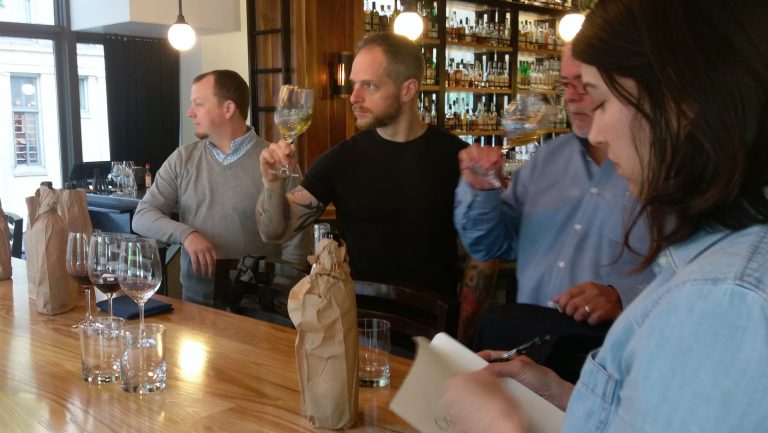
5. Foster respect.
The best tasting groups encourage respectful disagreement and debate in addition to self-confidence. “You can’t be a good sommelier,” says Caballero, “if you don’t even trust your own senses.” The dynamic of the group goes a long way in helping its members own their convictions. Keith Spreckels Jr., the vice president of Wine & Spirits at BJS Beverage Distribution in Wichita, Kansas, says that at his twice-a-month tasting group, “feedback is well received due to the tone of the group—egos are checked at the door.”
Understanding just how difficult blind tasting is also helps create a supportive environment. “We work hard to foster an environment where it’s okay to be wrong,” says Gibson. “All of us miss wines, from advanced level to just starting out, and I point that out to encourage people. When you see each other every week to blind-taste, you stop taking it personally. We’re all trying to succeed, and that includes [engaging in] constructive criticism.”
There’s tremendous diversity across tasting groups throughout the country. The structure, style, and format that work in Phoenix might not fly in Portland, Oregon, but organization, accountability, purpose, scope, and a considerate exchange of ideas—as well as a willingness to reevaluate if something’s not working—are all factors that will help form great tasting groups everywhere.

Dispatch
Sign up for our award-winning newsletter
Don’t miss the latest drinks industry news and insights—delivered to your inbox every week.
Zach Geballe is the sommelier at Seattle’s iconic Dahlia Lounge, the flagship of Tom Douglas Restaurants. He is also the wine educator for the Tom Douglas group, a freelance wine and spirits writer, and the host of the wine-focused podcast Disgorged.


